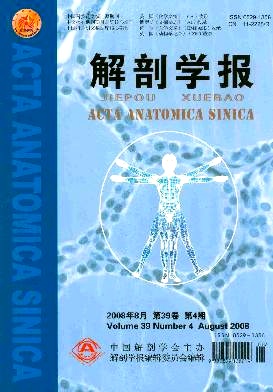|
|
Effect of nicotine on the activation and resultant death of microglia induced by lipopolysaccharid
2009, 40 (4):
560-566.
doi: 10.3969/j.issn.0529-1356.2009.04.009
Objective To observe the effect of nicotine(NIC) on the activation and resultant death of microglia induced by LPS. Methods The animal model that exposed to chronic nicotine treatment was established and LPS was injected intraperitoneally to induce the activation of microglia. Furthermore, the CD11b-positive microglia in cerebral cortex, hippocampal and substantia ngra were observed through immunohistochemical staining. BV2 cells(Microglial cell line of mouse) were subcultured, simultaneously the following kits were used including CCK-8 kit assay for cell activity, Nitric oxide assay kit assay for NO release, RT-PCR assay for the iNOS,TNF-α,IL-1β,IL-6,COX-2,IRF-1,Caspase-11 mRNA expression, Western blotting assay for the protein expression of P-I-κB and Caspase-3. Results Nicotine suppressed the CD11b-positive microglia expression in cerebral cortex,hippocampal and substantia ngra induced by LPS; Nicotine inhibited the activation-induced cell death (AICD), attenuated NO release, reduced iNOS,TNF-α,IL-1β,IL-6,COX-2,IRF-1,Caspase-11 mRNA expression, decreased the protein expression including P-I-κB and Caspase-3 of BV2 cells. Conclusion Nicotine pretreatment can suppress the activation and resultant death of microglial cells induced by LPS, which suggests that nicotine
Related Articles |
Metrics
|


